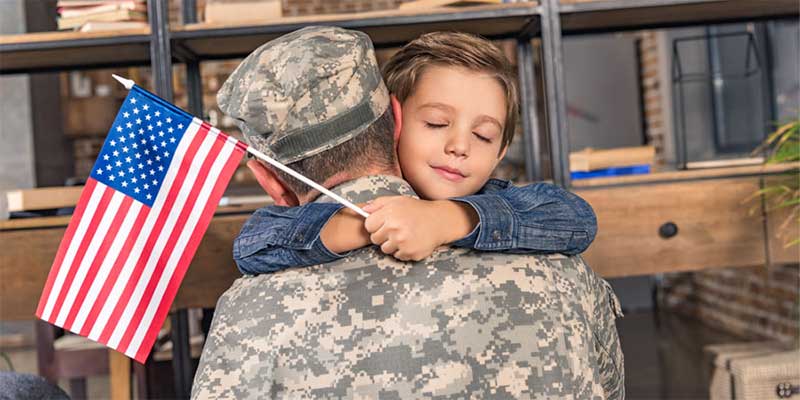Family Fun
The Flipped Classroom is Turning Teaching Upside Down

If you have children in middle or high school, you may have heard of the flipped classroom. It works in lots of different ways, but the main idea is that teachers actually assign instructional lessons for students to do at home, so that they can devote class time to more complex and personalized tasks. Instead of presenting new material to students in class, and then assigning practice exercises for them to do at home, teachers can supply video or other lessons for students to review on their own as homework. That leaves much more time for questions, individual instruction, and other forms of follow-up in class.
While the concept is not new , the idea of the flipped classroom has become much more popular in recent years. This is due in part to two chemistry teachers in Colorado who stumbled onto how well it worked for their students. Jonathan Bergmann and Aaron Sams teach at Woodland Park High School. The teachers noticed that when they posted online copies of their lectures for absent students to review at home, students who had been in class also took advantage of the opportunity to review the lessons they had already learned . This gave the teachers the idea to take advantage of students’ ability to cover new material on their own at home. If the students could get the basic idea by themselves, there would be more time in class to collaborate, ask questions, tackle advanced projects, and engage the material in other ways. Eventually, the teachers posted their lessons online, inviting others to try the method in their own classrooms. It has proven to be popular in schools across the country and at lots of grade levels.
It is interesting to note that the flipped classroom is a lot like what happens in many liberal arts classes at the college level. Students are assigned reading to do on their own before class. Then they meet with professors to discuss the reading and to challenge their own and others’ sense of what the material means and what it says about the world. Of course, it may be easier to imagine college students tackling material on their own. Bergmann, Sams, and others have proven that, with the right tools, students in middle school are also perfectly capable of picking up a lot of basic material by themselves.
One possible long-term benefit of this trend is that students in high school and earlier can gain exposure to college-style instruction. Students who are used to learning new material on their own may have an easier time adjusting to college courses where a good portion of instructional material is read and processed outside the classroom. Because of this, the flipped classroom may be helping to bring K-12 classrooms more in line with the culture of the colleges and universities they are preparing their students to enter.


